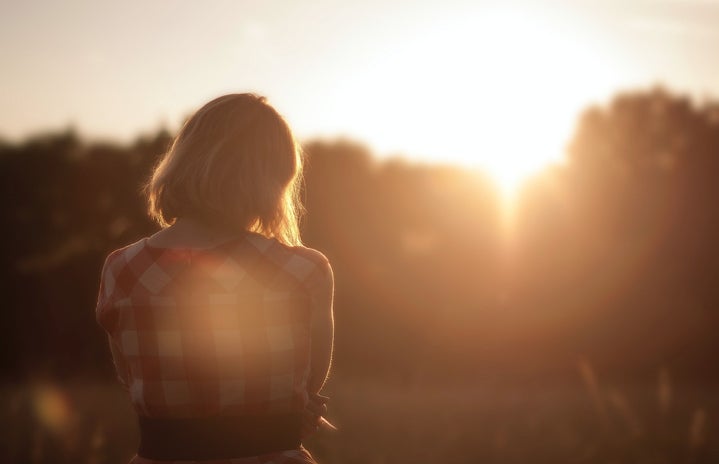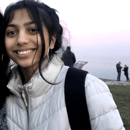Growing up in a religious environment, the idea of regularly visiting a temple was an idea I was quite familiar with. As a practice, before any big change or momentous occasion, my mother would urge us to visit the temple. So naturally, here I was, after my first week of classes at UC Berkeley, standing outside the doors of the ISKCON (Indian Society for Krishna Consciousness) temple.
The echoing bells, thick ashy smog, and choral chanting were things I was familiar with, yet what I wasn’t entirely used to was seeing people who were not Indian partaking in these processions. People were doing the things that I had been doing for years, and yet each movement and prayer seemed strange and unfamiliar. I suddenly began experiencing confusion and disorder in a place that had always been a peaceful sanctuary to me.
I was surrounded by devotees with different skin colors than my own. Despite the progressive views I had been educated on — to understand that religion was a uniting force independent of race– it was as though all my perceptions of religion and race had crumbled at my feet and I stood dumbstruck.
Yet, entangled within my confusion, also lay a moment of introspection. For the first time, I was prompted to critically reflect on the role that race and religion played in my life in ways that I did not consciously realize. In our pursuit for a community that we can call our own, we create divisions in our society without realizing it and other people in ways that escape our notice. It was a moment like this that made me critically reflect on and restructure the religious and social boundaries I had created for myself. Speaking in retrospect, I urge you to do the same.


